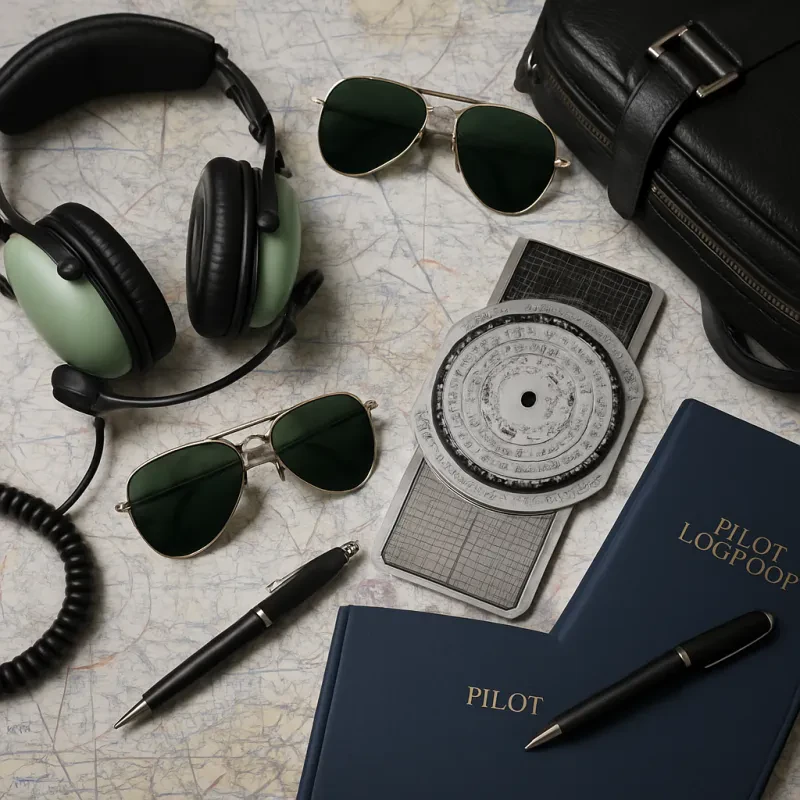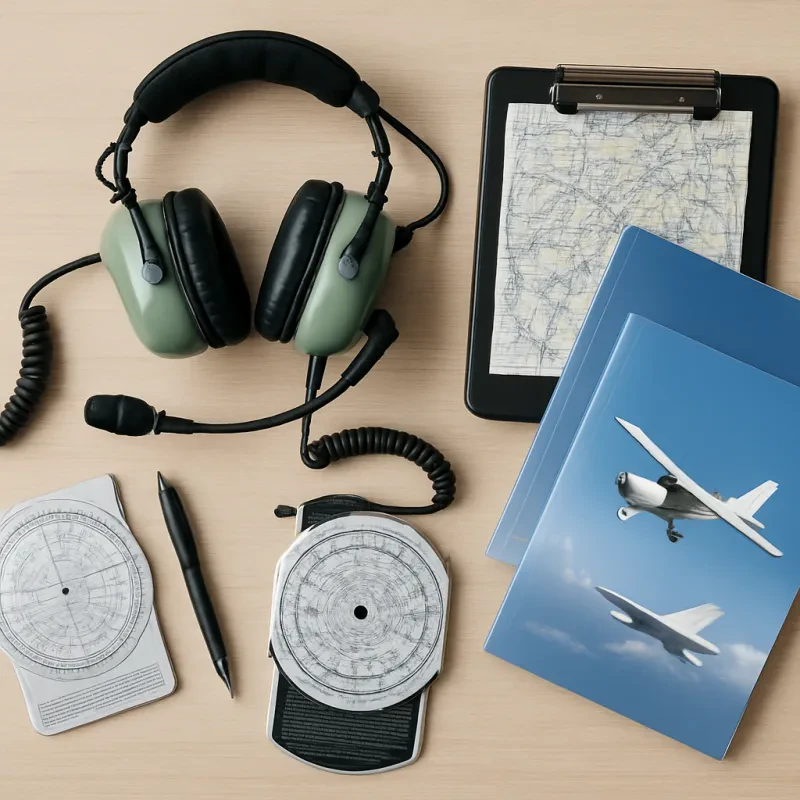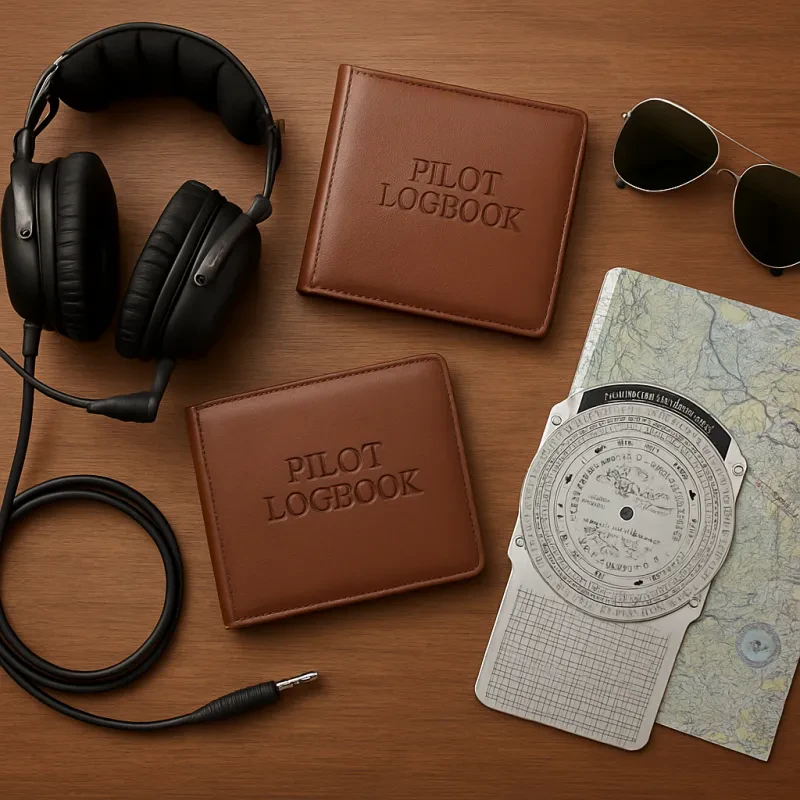Flight simulators have become an essential tool in training tomorrow's pilots, offering a wide range of benefits that contribute to their success in the aviation industry. One of the main advantages of using flight simulators is that they provide a safe and controlled environment for pilots to practice and improve their skills without the risk of accidents. This allows aspiring pilots to gain valuable experience and confidence before taking to the skies in a real aircraft.
Additionally, flight simulators offer a cost-effective alternative to traditional flight training, as they eliminate the need for expensive aircraft rentals and fuel costs. This makes it more accessible for individuals who may not have the financial means to pursue a career in aviation through conventional methods. Instructors can also use flight simulators to create customized scenarios and challenges that cater to the individual needs of each pilot, helping them to develop their skills in a targeted and efficient manner.
Furthermore, flight simulators are equipped with advanced technology that allows pilots to experience a wide range of environments and weather conditions, preparing them for real-world scenarios they may encounter during their career. This realistic training experience enables pilots to develop their decision-making skills and ability to respond to emergencies effectively, ensuring they are well-equipped to handle any situation that may arise while flying. Overall, flight simulators play a crucial role in shaping the next generation of pilots, providing them with the tools and experience they need to succeed in the aviation industry.
Types of Flight Simulators Available
Flight simulators come in various types, each offering unique features and benefits to aspiring pilots. One of the most common types is the Full Flight Simulator (FFS), which mimics the cockpit of an actual aircraft and provides a realistic training environment for pilots. FFSs are equipped with motion platforms, advanced visual systems, and realistic controls, allowing pilots to practice various flight scenarios in a safe and controlled setting.
Another popular type of flight simulator is the Fixed Base Simulator (FBS), which provides a cost-effective training solution for pilots. FBSs are static simulators that offer realistic cockpit controls and visual displays, allowing pilots to practice basic flight maneuvers and procedures. While FBSs may lack the motion capabilities of FFSs, they still provide valuable training experiences for pilots looking to improve their skills.
In addition to FFSs and FBSs, there are also desktop-based flight simulators available for pilots to use at home. These simulators are often used for entertainment purposes, but they can also be valuable tools for pilots looking to practice and improve their skills outside of the classroom. Desktop flight simulators offer realistic flight physics and aircraft controls, allowing pilots to simulate various flight conditions and scenarios from the comfort of their own homes. Whether pilots choose a Full Flight Simulator, Fixed Base Simulator, or desktop-based simulator, each type offers unique benefits and advantages for shaping tomorrow's pilots.
Key Features to Look for in Simulators
Flying simulators are valuable tools for aspiring pilots to gain practical experience and knowledge before taking to the skies. When choosing a flight simulator, there are several key features to consider that can greatly enhance the training experience.
First and foremost, a realistic flight model is essential in a simulator. A good simulator should accurately replicate the physics and mechanics of an actual aircraft, providing a realistic flying experience for the pilot. This includes accurate flight controls, handling characteristics, and environmental factors such as weather conditions and turbulence.
Another important feature to look for in a flight simulator is a wide range of aircraft options. Pilots should have the ability to practice on a variety of aircraft types, from small propeller planes to large commercial jets. This allows pilots to gain experience and proficiency in different aircraft configurations, preparing them for a diverse range of flight situations.
Additionally, interactive and customizable scenarios are key in a flight simulator. Pilots should have the ability to practice various flight maneuvers, emergency procedures, and instrument approaches in a simulated environment. Customizable scenarios allow pilots to tailor their training to their specific needs and skill level, making the simulator a valuable tool for personalized training and skill improvement.
Training with Flight Simulators: What to Expect
Flying a plane is a thrilling experience that requires dedication, skill, and practice. For aspiring pilots, one of the most effective ways to hone their skills is through training with flight simulators. These cutting-edge technology tools create realistic flying environments that allow pilots to practice their maneuvers, tasks, and emergency procedures in a safe and controlled setting.
When stepping into a flight simulator, pilots can expect to be immersed in a highly realistic cockpit environment. From the instrumentation panels to the controls, everything is designed to mimic the real-life experience of flying a plane. Pilots can practice their takeoffs, landings, navigation, and decision-making skills without the risks associated with actual flight.
In addition to mimicking the physical aspects of flying, flight simulators also offer a range of scenarios and challenges that pilots may encounter in real-life situations. From engine failures to extreme weather conditions, pilots can test their skills and decision-making abilities in a variety of challenging situations. This hands-on experience helps pilots develop the confidence and skills they need to handle any situation that may arise during a real flight.
Overall, training with flight simulators is an essential tool in shaping tomorrow's pilots. The realistic environments, challenges, and scenarios that simulators offer help pilots develop the skills, confidence, and experience needed for a successful career in aviation. By using these advanced technology tools, pilots can enhance their training, improve their skills, and become well-prepared for the challenges they may face in the skies.


